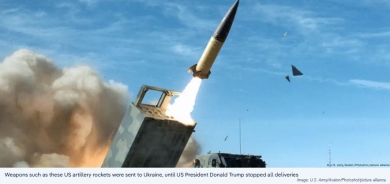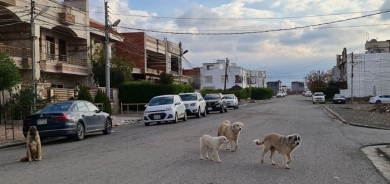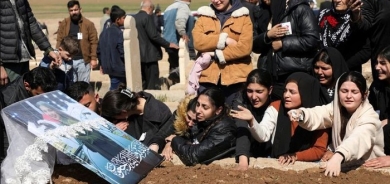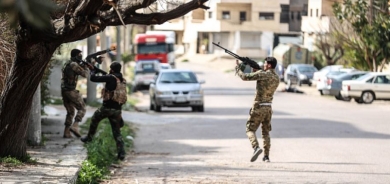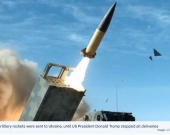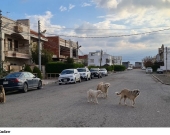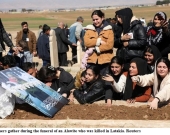Kurdistan Region’s Population Surpasses 6.37 Million, Preliminary Census Results Show

Erbil, Kurdistan Region – Dr. Dara Rashid, Minister of Planning in the Kurdistan Regional Government (KRG), has announced preliminary results from the region’s latest population census, revealing that the Kurdistan Region is home to over 6.37 million people. The figures, based on 96% of the population count, mark a milestone in understanding the region’s demographic landscape.
During a press conference, Dr. Rashid noted that approximately 4% of the population remains uncounted, emphasizing that the figures are provisional. He highlighted the region's predominantly young demographic, placing it in a "demographic window" where the working-age population exceeds 63%.
Key Findings:
Population Distribution:
Total population: Over 6.37 million
Urban population: 84%
Rural population: 16%
Housing and Households:
Housing units: 2,028,037
Total families: 1,379,163
Average family size: 4.3 persons
Gender Demographics:
Male population: 3,200,506 (50.24%)
Female population: 3,170,162 (49.76%)
Household Leadership:
Female-headed households: 11.86%
Male-headed households: 88.14%
Age Distribution:
Under 15 years: 31.9%
Working age (15-64 years): 63.07%
65 years and above: 4.4%
Growth Rate:
Population growth since 2009: 2.48%
Urbanization and Challenges
The census reveals a high level of urbanization, with 84% of the population residing in cities, reflecting ongoing shifts from rural to urban living. The relatively young population presents both opportunities for economic development and challenges in terms of education, employment, and public service demands.
Dr. Rashid emphasized the importance of these findings for future policy decisions and resource allocation. The data will serve as a cornerstone for planning across critical sectors such as housing, healthcare, and education in the Kurdistan Region.
This census represents the most comprehensive demographic assessment in the region's recent history, providing valuable insights into its population dynamics.


